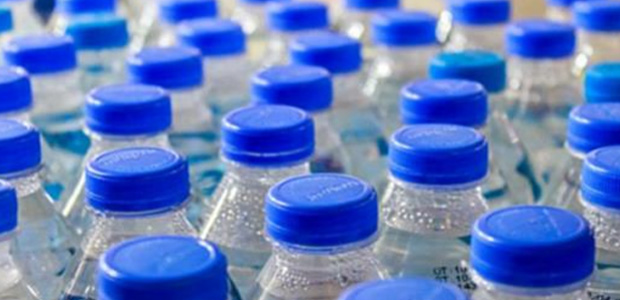Rethinking Lifestyle
What Are You Drinking From?

Friends of mine were engaged in an argument on social media about drink bottles and the merits of reusing a PET (polyethylene terephthalate) single use plastic bottle you bought bottled water in versus recycling it. A study recently published showed that to reuse plastic bottles you need more than a quick rinse to get rid of bacteria, which made my friends start to look at other options.
What’s the problem with plastic bottles anyway?
Well, plastic bottles are made from oil. Once empty, they don’t break down in the environment. They are light and so are easily blown away ending up in places where we never intended them to be. Many recycling programs take bottles by the shipping container to China, Bangladesh, India where they are processed into pieces for reuse. But bottle mountains are being created, and there is not enough demand for the processed bottles and so many bottles and pieces of bottles end up in our oceans where sea birds, turtles, fish, and mammals consume them instead of food. It was the impact on marine life that made my friend reuse his bottle in the first place – 1 million animals die of starvation due to consumption of pieces of plastic each year.
Almost 30 billion plastic bottles are used annually in North America, and eight out of ten end up in landfill. 12% of all waste is plastic. It takes 50,000,000 million barrels of oil to manufacture, refrigerate and transport plastic bottles annually.
What’s the alternative?
Glass is an alternative, but breakage and weight is often a concern when travelling. It takes 4000 years for glass to decompose. Glass bottling produces about the same amount of carbon dioxide as manufacturing a plastic bottle, and it takes about 50% less energy to recycle glass rather than make a new bottle. Glass bottles have a 33% recycling rate.
I carry a stainless steel insulated bottle of water, which keeps it cold for up to 12 hours (something a plastic bottle cannot do). This gets cleaned with the dishes each night – I have a bottle brush for the purpose. I haven’t fallen sick yet, so I think my strategy is working. One stainless steel water bottle is equivalent to 50 plastic bottles in terms of energy consumption but each bottle is made from at least 60% recycled material, and steel has a 92% recycling rate. The average stainless-steel bottle will have 500 repeated uses.
Stainless steel bottles are an investment item. They come in all kinds of sizes and colours, and make excellent gifts.
If I’ve convinced you to consider giving up plastic bottles of water, then maybe I can persuade you to ditch the paper (and plastic coated) coffee cup from your favourite vendor. This is one way to get FREE coffee – the vendors give a discount for the mug and this saving gets you your tenth cup free! Most of these cups end up in the landfill too since there is no way to separate the plastic from the paper, and there is no market for the materials anyway.
Reducing your plastic use for beverages is a small change, and easy. Taking your own stainless-steel bottle or coffee mug and refilling it quickly becomes a habit. It’s a good habit – you can do it.




